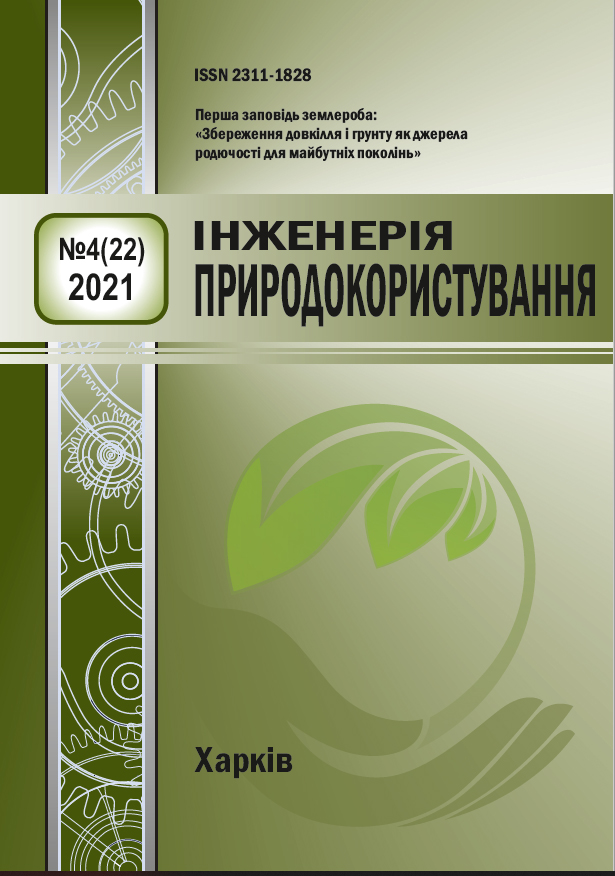Electrochemical purification of soils from hydrocarbon contaminations
Abstract
The most important scientific and practical task in the field of environmental safety is the development and improvement of methods for cleaning and restoring contaminated soils. Domestic sources mainly analyze the content of potentially toxic microelements (Cd, Hg, As), control over the accumulation of heavy metals in soil and plants, methods of detoxification of heavy metals technically accumulated in the soil. One of the most effective and economically viable methods is electrochemical cleaning, which does not require the use of expensive chemicals and soil excavation. Methods of electrochemical cleaning of soils from pollutants are widely studied and implemented in many countries. Similar technologies are used in the USA, Western European countries, Japan and China. In Ukraine, there are only separate organizations that carry out soil restoration using electrical processing. Large-scale tests of the Lasagna electrochemical soil cleaning technology were carried out by Montana, Dupon and General Electric. Rows of electrodes were placed in the soil parallel to the area being cleaned. However, in this case, it is necessary to take into account the unevenness of the pollution of different soil areas. The article discusses the features of the organization and technical equipment of electrochemical cleaning of unevenly contaminated soils using a direct current electric power source, the method of calculating the design parameters of the corresponding installation is considered, the design of an electrode pair for cleaning unevenly contaminated soils is considered. Effective cleaning of unevenly contaminated soil when using a given voltage is possible with the use of electrodes of different sizes. For each type of soil, the amount of electric charge required for cleaning is determined by the concentration of the pollutant. Placing cathodes and anodes with parallel batteries and connecting them with individual buses is an effective and energy-saving solution, since an electric field is created in the interelectrode space that is close to uniform, which makes it possible to reduce the interelectrode resistance of the medium.

